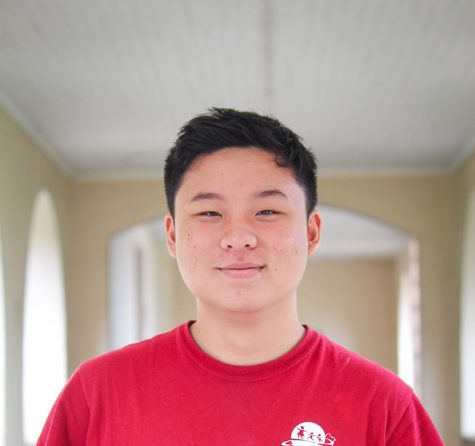Opinion: Opening schools early is the most obvious —but not the most effective— solution
May 12, 2020
As students across the state prepare to finish the 2019-2020 school year from the safety of their homes, California may soon move to phase two of Governor Gavin Newsom’s four-part plan, allowing for the reopening of many low risk establishments.
Though the current plan does not include schools, it’s a sure sign that California is beginning to open up again, and that plans for schools, such as an early start date, will begin to appear.
“We’re concerned about that learning loss even into the summer, so we are considering the prospect of an even earlier school year into the fall, as early as late July, early August,” Newsom said in an April 28 press conference.
While this proposed window isn’t too far removed from our current calendar — Palo Alto schools’ first day was August 12 for the 2019-2020 school year — in light of current circumstances, opening schools so early is a risk we should not take with the safety of students and teachers on the line.
The main issue is there is too much uncertainty regarding COVID-19 to make an accurate prediction about transmission beyond this initial pandemic. According a paper in Science, predictions indicated that the virus will behave one of two ways based on the post-pandemic behavior of its close relatives such as SARS and MERS.
The first option is that, similar to SARS, the virus is eradicated following its initial pandemic wave and makes no further large-scale appearances. However, this scenario is believed to be unlikely, as stated in a CDC press briefing. The other possibility is that COVID-19 is a seasonal virus like the flu, with an initial pandemic wave followed by yearly returns in fall and winter.
In the event of the first case, care would be taken to prevent the current wave from being extended, with additional periods of social distancing or shelter-in-place potentially pushing back the school start date. The unfolding situation in South Korea stands as an example of what might happen if precautions are not taken even when it seems the virus is all but gone.
Alternatively, preparations for a resurgence in COVID-19 cases in the fall could also result in a delay in schools reopening.
In either case, proper health and safety measures could force schools to remain closed, rendering hopes for an early start of in-person schooling null and void. Not only that, but any plans regarding the physical opening of schools should wait until we know more about the virus and a proper public health response has been formulated.
Another reason that July start dates aren’t realistic is the fact any change in start date will require an agreement between school districts and teachers unions to be made within a very short timespan. Add in the fact that an earlier start date puts teachers at risk of infection, and it’s hard to believe that an agreement will be reached fast enough for a July start to happen.
According to Palo Alto Unified School District superintendent Don Austin, PAUSD schools will either start as scheduled or have start dates pushed back slightly irrespective of the governor’s plans.
“The governor does not have the authority to determine our start date; just as he did not close our schools, he cannot choose a date for us to reopen,” Austin stated in an email to The Paly Voice. “At this point, we would push the date back if we knew that restrictions for opening would dramatically change or if a couple weeks would significantly change our preparation efforts. Absent either of those two scenarios, we will start as scheduled.”
In the meantime, administration should consider other options to mitigate learning loss and ensure equity for all students.
One option is to create summer and after school learning programs to supplement existing schooling. There is evidence to suggest that, when done properly, these programs can benefit children across the socioeconomic spectrum, allowing students to recoup learning loss from the extended break from school.
However, these programs must be done properly for there to be significant gains. As such, now is the time to thoroughly plan for these programs, so that teachers, school leaders and volunteers can prepare and launch outreach before schools reopen, and so that districts can train teachers and community volunteers virtually and design curriculum for accelerated learning.
District and school leaders can also identify disadvantaged groups and tailor approaches to specific contexts, engaging and informing parents as necessary. Priority should be given to the most vulnerable, such as children at the primary level, where learning loss can most limit educational progress.
Creating accelerated learning programs is but one option for addressing learning loss which has decreased risk for students and teachers compared to the governor’s proposal for an early start date, and with everyone stuck at home thanks to shelter-in-place, there’s plenty of time to think of more.


